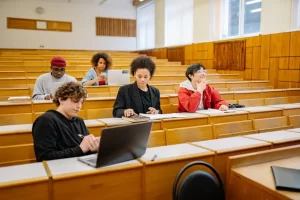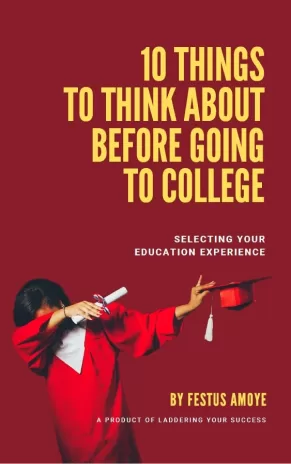A government shutdown can significantly impact the education system, particularly lesson planning. In this blog post, we will explore how a government shutdown affects both administrative and instructional audiences and what teachers can do to stay connected with their students even if they don’t have access to technology or other supplies.
First, it’s essential to understand that a government shutdown can disrupt the funding of schools and other educational institutions, making it difficult for teachers to access the resources they need to plan and deliver their lessons effectively. For example, federal funding for programs such as Title I, which supports low-income students, may be suspended during a government shutdown. This can make it difficult for schools to provide additional resources and support for these students, negatively impacting their achievement.
In addition to financial challenges, government shutdowns can disrupt the delivery of professional development and other support services for teachers. For example, federal agencies such as the Department of Education may be closed during a government shutdown, making it difficult for teachers to access information and resources related to the TEKS (Texas Essential Knowledge and Skills) curriculum standards. This can make it challenging for teachers to align their lesson plans with these standards and ensure that they provide instruction aligned with the curriculum.
Despite these challenges, there are still ways that teachers can stay connected with their students and continue to provide effective instruction during a government shutdown. One way is to use alternative methods of communication, such as email, text messaging, or social media, to stay in touch with students and provide them with resources and support. Additionally, teachers can use offline resources such as books and worksheets to provide instruction and support student learning.
Another way that teachers can stay connected with their students during a government shutdown is to use online resources and tools that are available for free or at a low cost. For example, many websites and apps provide access to educational content and resources such as videos, interactive games, and quizzes. These resources can be used to supplement instruction and support student learning even if teachers don’t have access to technology or other supplies.
Finally, teachers must remember that student achievement is not just about test scores and grades but also their relationships with their students. During a government shutdown, it’s more important than ever for teachers to build strong connections with their students and provide them with emotional support and guidance. This can include holding virtual office hours, creating virtual support groups, or checking in with students regularly to see how they are doing.
In conclusion, a government shutdown can significantly impact the education system, particularly regarding lesson planning. However, teachers can still stay connected with their students and provide practical instruction by using alternative methods of communication, offline resources, and online resources that are free or at a low cost. Additionally, teachers should remember that student achievement is not just about test scores and grades but also about the relationships they build with their students. Empowering your students through creative and imaginative lesson plans by incorporating decision-making tools, life skills, SEL, and hard/soft skills that students can use for a path of direction to pursue not only college but a variety of post-high school options.
The result is an LYS personal path of purpose based on students’ strengths and interests to pursue their passions after high school. Incorporating Character, SEL, and hard/soft skills into their lessons effortlessly using our Being, Know, Doing Methodology. Learn more about LYS Classroom App by visiting our website.
By building solid connections and providing emotional support, teachers can help their students to succeed even during difficult times.









